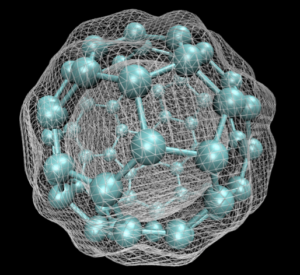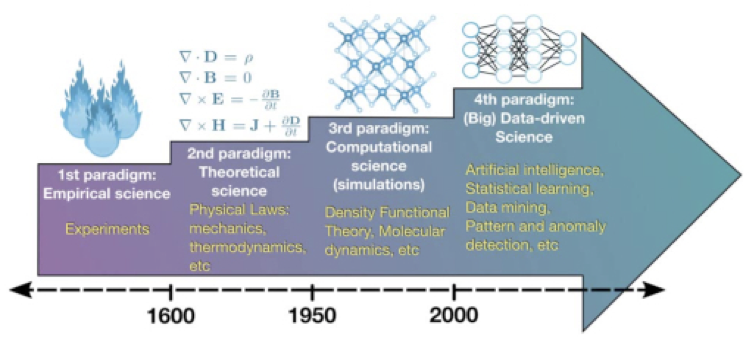Dr. Assa Aravindh
Adjunct Professor/Docent at University of OuluNorthern Finland, Finland
The year was 1925, and the Austrian Physicist, Erwin Schrodinger was enjoying his Christmas holidays at the Switzerland, and he wrote to his friend a letter that read as follows, “ At the moment I am struggling with a new atomic theory. I am very optimistic about this thing and expect that if I can only solve it, it will be very beautiful!” . Infact he was mentioning about the Schrodinger equation, that governs the motion of quantum objects, and equivalent to Newton’s second law of motion for macroscopic objects, that formed the foundation of Quantum mechanics.
However even though the basic equations were into place, solving this equation, that seemed very simple in a glance turned out to be very difficult, even for the smallest Hydrogen atom as the position and time evolution of an atom is represented by its wave function. To solve this equation we need to know the amplitude of the wave function at every point and at every instant in time. This turned out to be tougher than sending man to the moon, in that case we need to only solve the classical equation of motion. How to deal with this situation formed the invention of density functional theory (DFT) .
The difficulties in obtaining physical properties out of the wave function posed an information challenge as the wave function lives in 3N dimensional space, while the materials exist in 3 dimensional space. Thanks to the efforts of a number of scientists DFT is formulated in its current form. Using DFT, the total energy of any material can be obtained from its ground state electron density which is a unique material property. And by post-processing the total energy, other material properties can be obtained.
With the evolution of computers, they can be used to obtain the total energy of materials much faster than solving equation manually. Ironically, though the foundation of quantum mechanics and DFT was laid by physicists, it was two Chemists, Walter Kohn and John A. Pople who shared the Nobel Prize in 1998 for Chemistry. Walter Kohn “for development of the density-functional theory” and John A. Pople “for his development of computational methods in quantum chemistry.
The importance and popularity of DFT to solve material science problems have been raising ever since. A paper mountain can be seen in figure 1, consisting of highly cited research papers published in the last 100 years of all fields, covering medicine, engineering etc., published in the prestigious Nature magazine, in October 2014. Among these top 100 most cited papers in the scientific literature ever published, 12 were from DFT studies.

The arrival of supercomputers made the life of material scientists simple. The amount of computational time previously needed to calculate simple material properties such as optimized lattice parameter of a bulk system has been reduced from days to few minutes. More than that, deep insights into electronic structure of any material can be obtained in a reasonable time in nowadays supercomputers, irrespective of whether it is a bulk metal, two dimensional (2D) semi conductor, one dimensional (1D) nanowire or a zero dimensional (0D) quantum dot. Figure 2 shows the ground state electron density of the much famous fullerene system.

Now, material science research is at a cross roads. When we look at the historical evolution of scientific research different eras can be fit into a diagram as shown in figure 3, that depicts 4 paradigms. A paradigm is a mutually exclusive set of entities, that are related to one another. The first entity was empirical science in the early stages of scientific research, when scientists like Michael Faraday conducted their experiments using available resources such as fire. The second stage was the formulation of theoretical principles that could explain the experiments, using mathematical formulation of physical phenomena. This era was pioneered by theoretical scientists. Even during this era, experiments continued and both co-existed benefitting each othre. In the third stage, the massive evolution of computational power, gave way to the material revolution, where each element in the periodic table could be studied using powerful computers and softwares. Density functional theory and molecular dynamics simulations lead the researchers to explain the experimental findings as well as to predict new materials that were later discovered in the laboratories. Currently along with experiments, theoretical formulations and computer simulations, the 4th paradigm emerged, such as data driven science. Each of the four components co-exist and help the scientists to explain and explore physico-chemical properties of materials.


